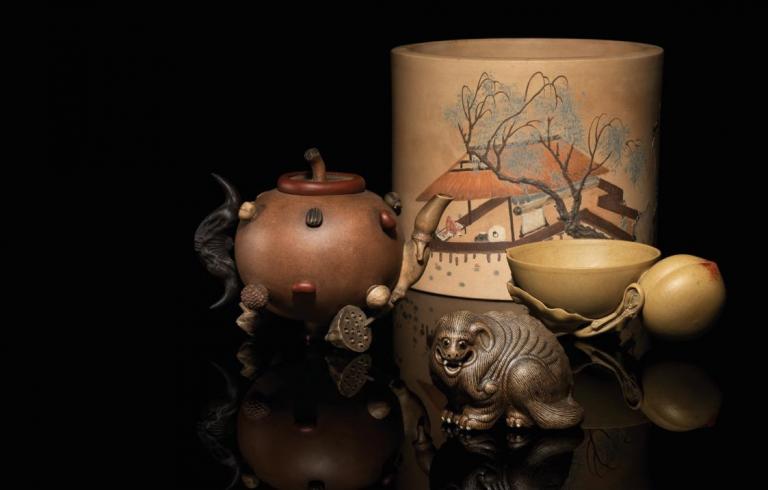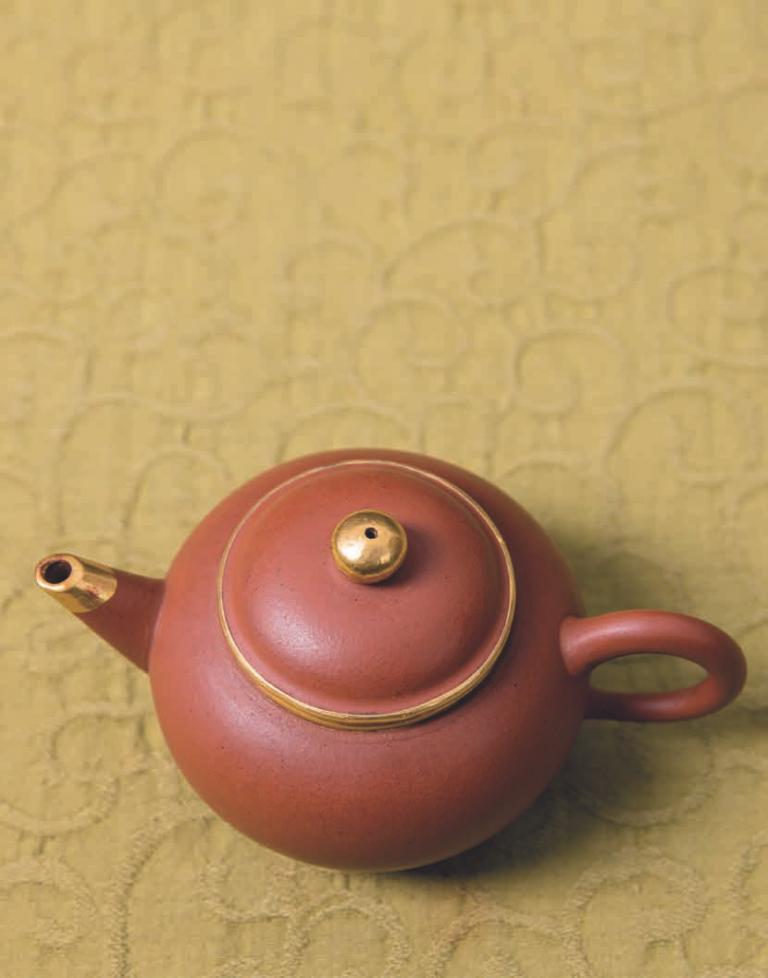Zisha Ware and Literati
2 min readTraditional literati in ancient China were not only scholars, many of them were talented artists and designers as well. They passionately took part in the creation of various art forms, such as porcelain, calligraphy, painting and gardening, makingthese works more cultivated. The artistic creation of zisha-ware was also closely related with literati. In their mind, read a book and drank tea from an elegant zisha teapot was the greatest enjoyment.
For traditional Chinese literati, zisha-ware looked simple and tasteful, very according with their aesthetic value and being able to nurture their hearts.

Therefore, many of them were fond of collecting zisha teapots, giving an elegant name to zisha teapot of their own, as if it were their old friend. They often chosea beautiful lady to describe the charmof zisha teapot, every comment they gave was related with ladies. To them, glazed pottery was like a woman who put on too much makeup, the beauty was unreal, while zisha-ware had a beauty which looked just right. They not only enjoyed appearances of zisha teapots, but their provenances and inscriptions as wel1. They sympathized zisha teawares which were finely made but without marks, considered them as unknown beauties, while they would look down uponthose with marks of noted potters but were made poorly, and sneered them as vulgar village girls.A11 these comparisons reflected the refined culture of Jiangnan, as we11 as literati’s affections towards zisha-ware.
People always say that the development of zisha-ware initiated in the Ming dynasty, flourished in the period of Emperor Qianlong and Emperor Jiaqing, and declined in the period of Emperor Daoguang and Emperor Xianfeng in the Qing dynasty.

The whole course was deeply involved with the participation of literati. They liked collecting zisha-ware and enjoying themselves during their spare time. Some people even tried to have a hand in the making of zisha teaware and design shape and style by themselves. After they finished design, which was often in the form of calligraphy and painting or poem, they asked potters to make teapots accordingly.
These works reflect their life philosophy and attitude and enable us to better understand their inner world. Just because of these literati, rich literary flavour was added to the elegant zisha art by itself.








